Foreign Trade and Export-Import Policy of India
Between 1950 and 1990, foreign trade of India suffered from strict bureaucratic and discretionary controls. Beginning 1991, the Government of India introduced a series of reforms to liberalise and globalise the Indian economy. Reforms in the foreign trade sector were intended to integrate Indian economy with the global economy. The major trade policy changes in the post-1991 period have included simplification of procedures, removal of quantitative restrictions, and substantial reduction in the tariff rates. Since early 1990s, India’s foreign trade has undergone a complete change in terms of composition and direction. Exports now cover a wide range of traditional and non-traditional items while imports mainly consist of capital goods, petroleum products, raw materials, and chemicals to meet the ever-increasing needs of a developing and diversifying economy. Exports have acquired added significance in the wake of liberalisation wave sweeping across the world. The trend towards market economy in almost all the countries of the world has increased the role of exports in developmental efforts. Exports have become an important indicator of a country’s economic performance. The surge in exports has provided a strong stimulus to domestic industrial growth. While software exports are a well-known success story, India is now an important venue for many tasks in services such as financial accounting, call centres, processing insurance claims, and medical transcription. The future potential for growth in these areas appears to be considerable. The process of opening up of the Indian economy has given birth to a host of new challenges and opportunities. The spirit of the liberalisation process entails a conscious effort on the part of policy makers to optimise on these opportunities-challenges trade-offs.
Get it now and save 10%
BECOME A MEMBER

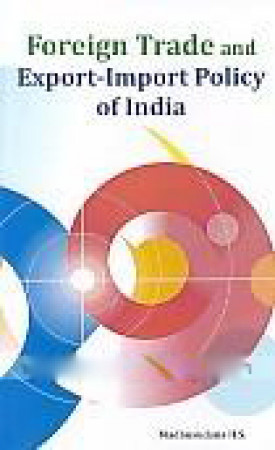
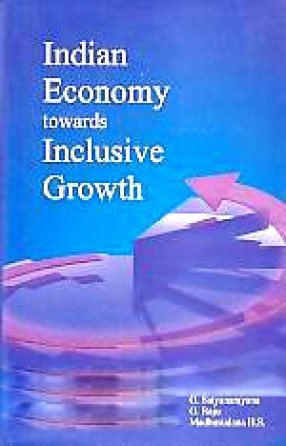

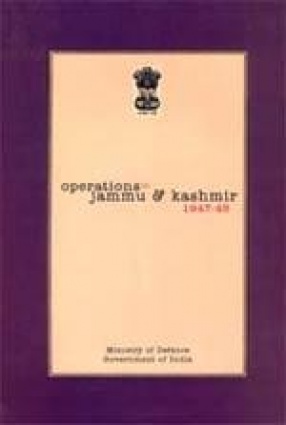
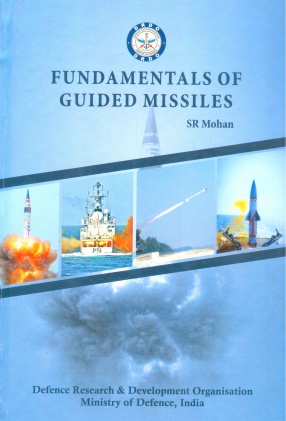
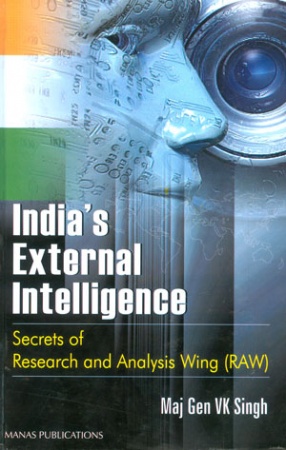
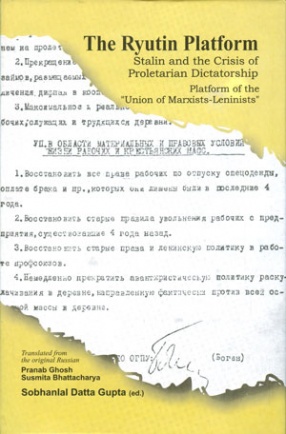

Bibliographic information